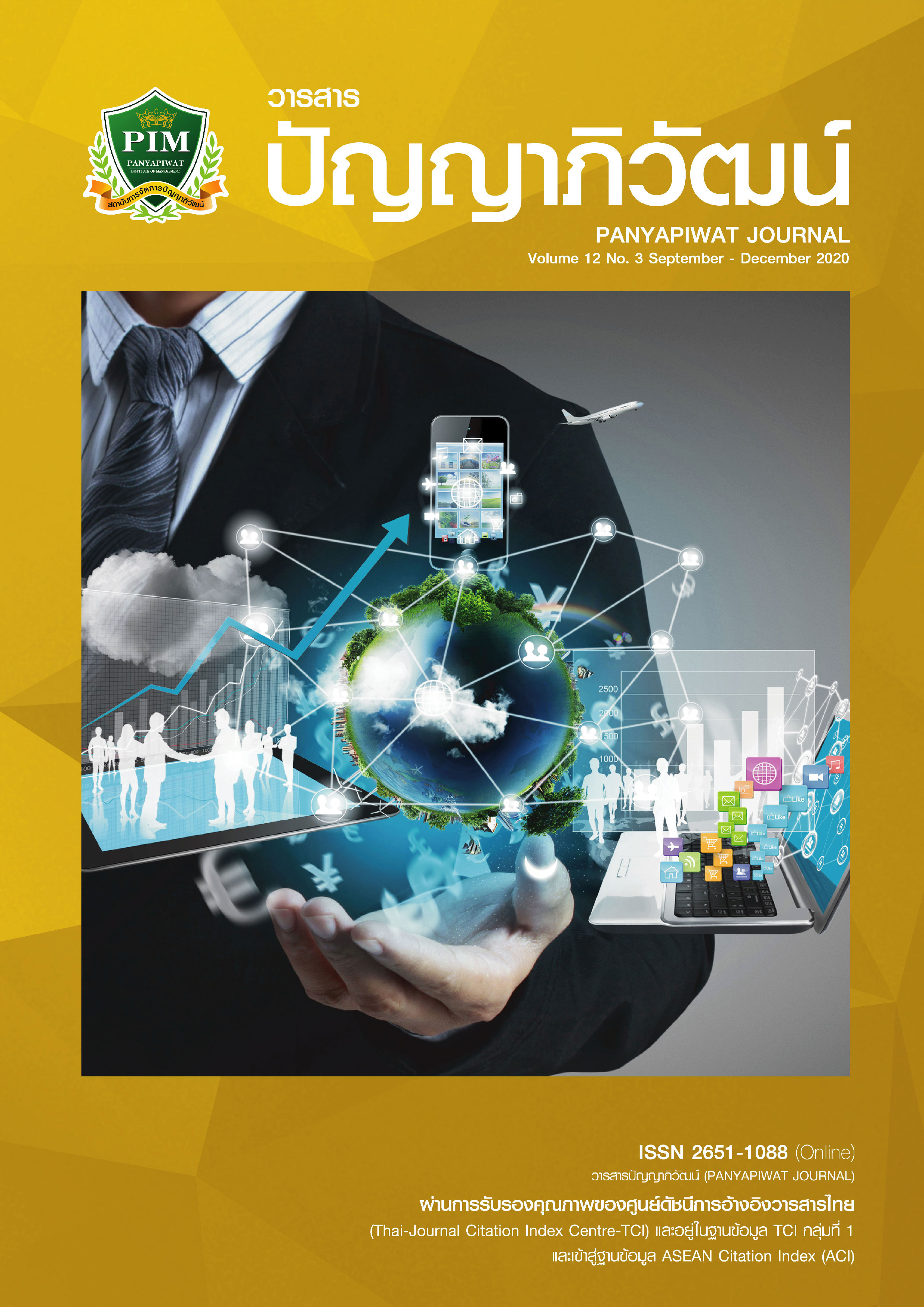JAPANESE MEMORIAL CEREMONY FOR THE DEAD OF WORLD WAR II AND PASSING ON LESSONS FROM HISTORY
Main Article Content
Abstract
Japanese memorial ceremony for the war dead is crucial and has been held for a long time according to Shinto beliefs that focus on spirits and sacred things. It is believed that spirits have the power to evolve into good and bad fortunes; spirit pacification can contribute to their family, society, and the nation. The memorial ceremony for the war dead is held to console the spirits, known as “Ireisai” (慰 霊 際). This article is to study that at present the “Memorial Ceremony for the Dead of World War II” especially those held in three prefectures of Hiroshima, Nagasaki, and Okinawa, where there were a lot of deaths, and the central government, as well as the local authorities, has attached great importance to the annual memorial ceremonies, reflects the traditions, beliefs, and ideas about Japanese war. The results of the study reveal
that spiritual worship is an important belief in Japanese society. The “Memorial Ceremony for the Dead of World War II” of the three prefectures have been to show the continuation of traditions and beliefs that have been passed down in honoring and praying for spirits. Besides, Japan has used the ceremony and the peace park area as the places where the ceremony reflects Japanese ideas and experiences from World War II, pointing out the brutality of war and the destructive powers of the atomic bomb as a lesson and calling for the international community to recognize the dangers of war as well as work together toward the elimination of nuclear weapons for lasting world peace and happiness.
Article Details
I and co-author(s) certify that articles of this proposal had not yet been published and is not in the process of publication in journals or other published sources. I and co-author accept the rules of the manuscript consideration. Both agree that the editors have the right to consider and make recommendations to the appropriate source. With this rights offering articles that have been published to Panyapiwat Institute of Management. If there is a claim of copyright infringement on the part of the text or graphics that appear in the article. I and co-author(s) agree on sole responsibility.
References
Akahata Newspaper. (2018). Okinawa Memorial Service, “Lives”. Retrieved March 20, 2020, from https://www.jcp. or.jp/akahata/aik18/2018-06-24/2018062414_01_0.html [in Japanese]
Akazawa, S. (2003). “Tsuto” and “Irei” Rituals for the War Dead in Japan after the World War. Retrieved February 5, 2020, from http://www.ritsumei.ac.jp/acd/re/k-rsc/hss/book/pdf/no82_04.pdf [in Japanese]
en park. (n.d.). Memorial Ceremony. Retrieved April 4, 2020, from https://en-park.net/ words/2908 [in Japanese]
Hiroshima City. (2019). About the List of Atomic Bomb Victims. Retrieved April 30, 2020, from
https: //www.city hiroshima.lg.jp/site/atomicbomb-peace/15513.htm [in Japanese]
JICA (Japan International Cooperation Agency). (2019). Peace Education in Okinawa. Retrieved May 19, 2020, from https://www.jica.go.jp/jica-ri/IFIC_and_JBICI-studies/english/publications/reports/study/topical/post_conflict/pdf/post03.pdf
Kobori, K. (2018). History of Yasukuni Spirit, Japanese Consciousness, and the Concept of Guardian Kami. Tokyo: PHP Kenkyujo. [in Japanese]
Koumoto, M. (2009). Postwar Memorial Service in the Community - Study of the Rituals and the Construction of Monuments. Retrieved February 29, 2020, from https://m-repo.lib.meiji. ac.jp/dspace/bitstream/10291/7037/1/jinbunkagakukiyo_64_85.pdf [in Japanese]
Masato, A. & Kazuo, M. (2006). Nagasaki National Peace Memorial Hall for the Atomic Bomb Victims, The Nagasaki Atomic Bomb Damage Records. Retrieved February 18, 2020, from
https://www.peace-nagasaki.go.jp/abombrecords/b030405.html
Nagasaki City. (2019). The List of Atomic Bomb Victims. Retrieved April 20, 2020, from https://
www.city.nagasaki.lg.jp/heiwa/3020000/3020100/p002235.html [in Japanese]
Nagasaki Newspaper. (2019). Pledge for Peace in 2019. Retrieved March 8, 2020, from https://
www.nagasaki-np.co.jp/peace_vow/37685/ [in Japanese]
Nongluk, L. (2013). Peace and Patriotism: Information and Perspective from War Exhibits in Museums in Japan, China and Korea. Bangkok: The Thailand and Research Fund. [in Thai]
Okinawa Prefecture. (2019). The Number of Names Inscribed on “the Cornerstone of Peace”. Retrieved May 19, 2020, from https://www.pref.okinawa.jp/site//heiwadanjo/heiwa/7623.html [in Japanese]
Prime Minister of Japan and His Cabinet. (n.d.). Speeches and Statements by the Prime Minister. Retrieved February 6, 2020, from http://japan.kantei.go.jp/96_abe/statement/index_e.html
Rakuten Dictionary. (2014). Onryou. Retrieved April 12, 2020, from http://dictionary.infoseek.ne.jp/word/%E6%80%A8%E9%9C%8A-42048 [in Japanese]
Shinto O-Kamisama About Kami and Shinto. (2017). Yasukuni Shrine. Retrieved April 4, 2020,
from https://www.facebook.com/Shintookamisama/ [in Thai]
Somokukki-PRIDE OF JAPAN. (2020). 1939 – Countrywide Change from “Shoukonsha” to “Gokoku Shrine”. Retrieved March 14, 2020, from http://prideofjapan.blog10.fc2.com/blog-entry-7056.html?sp [in Japanese]
Takeda, T. (2011). Emperor Who became Onryou. Tokyo: Shougakukan [in Japanese]
Tourist Spots in Shimonoseki. (2019). Sakurayama Shrine ( Shimonoseki City ). Retrieved May 2, 2020, from https://choruyama.com/sakurayamajinja/ [in Japanese]
Understanding 49-Day Ritual, Memorial Service, Commemoration Service. (n.d.). What is the Memorial Service. Retrieved March 23, 2020, from https://www.e-butsuji.jp/butsuji1-1.html [in Japanese]


